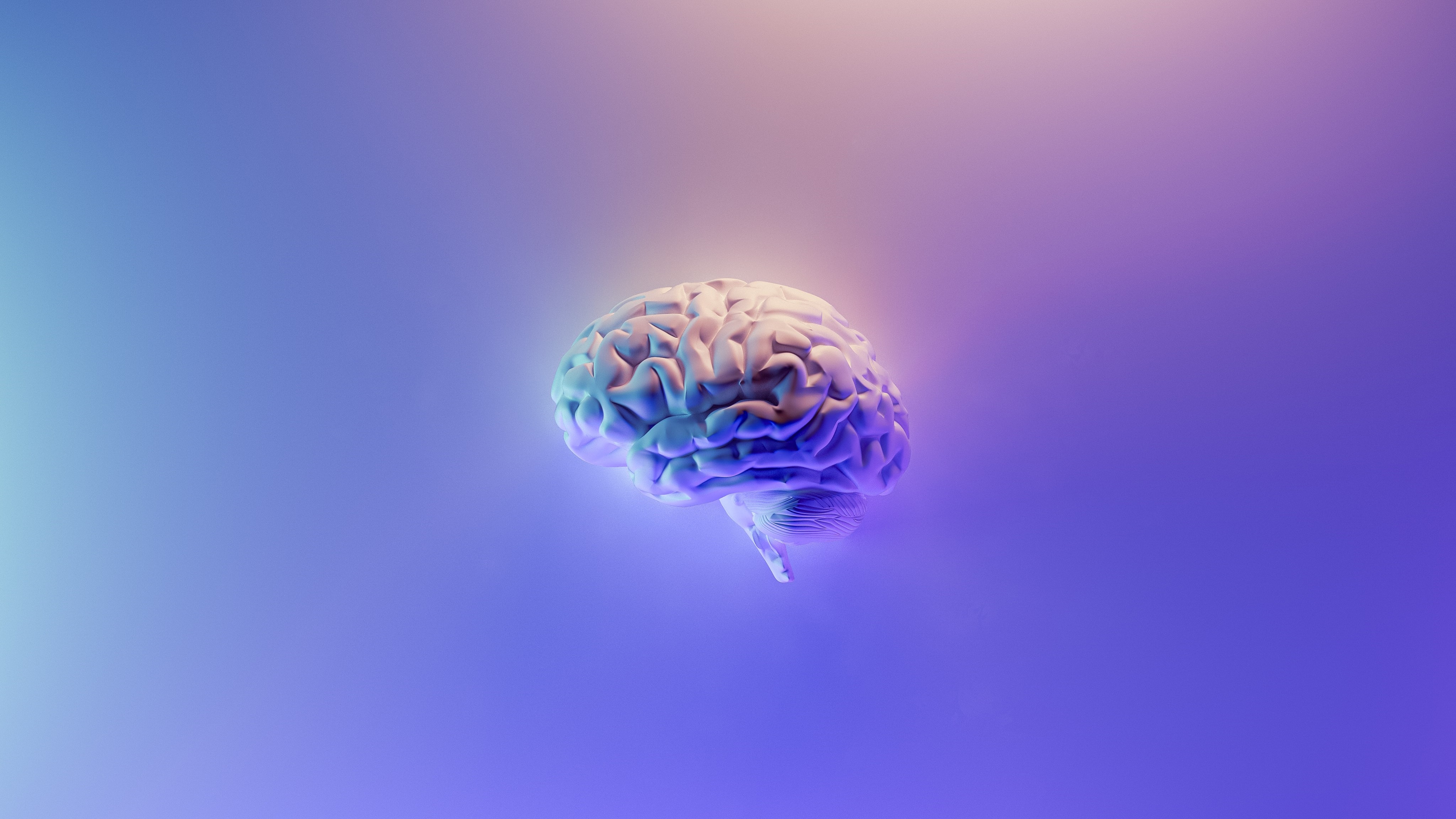How ‘extinction neurons’ help us block out our worst memories

- A new study examined how the effects of fear-related memories can be silenced in the brain.
- Forming new and positive “extinction memories” can help to silence fearful memories.
- The study found that the hippocampus plays a significant role in “extinction training.”
Memories associated with traumatic events can cause unexpected problems in everyday life. A woman with a phobia of dogs might experience a rush of fear when she happens to find herself right next to a dog without a leash in the park. In cases like this, a psychologist might recommend exposure therapy, in which people with specific fears are voluntarily and incrementally exposed to the very things they fear. The goal is to create new positive memories to silence the fearful ones. These are called “extinction memories.”
Scientists have long associated a part of the brain called the amygdala with fear. However, a new study focuses on the hippocampus — a brain region generally associated with memory and spatial navigation — and describes how extinction memories work not by replacing fearful memories, but rather by competing with them. This competition acts in two ways: by decreasing or silencing the activation of fear-inducing neurons and by activating a distinct set of neurons that help to reduce the fear response.
The study was published April 1 in the journal Nature Neuroscience.
“Extinction does not erase the original fear memory but instead creates a new memory that inhibits or competes with the original fear,” said Michael Drew, associate professor of neuroscience and the senior author of the study, to Science Daily. “Our paper demonstrates that the hippocampus generates memory traces of both fear and extinction, and competition between these hippocampal traces determines whether fear is expressed or suppressed.
Social anxiety: How to rewire your confidence and be a better communicator
In the study, Drew and his colleagues placed mice inside a box and induced fear with a minor electric shock. The mice then associated the box with pain and displayed fearfulness when placed inside it again. But after repeatedly being placed in the box without getting shocked, the mice formed extinction memories and eventually stopped showing fear.
Using optogenetics — a method that uses light-based tools to modulate molecular events — the researchers were able to artificially induce fear in the mice in two ways: stimulating neurons associated with fear, and silencing neurons associated with the extinction training. Similarly, the researchers managed to reduce fear by silencing the fear-related neurons and stimulating the extinction neurons.
The researchers hope their findings can be used to improve treatments for post-traumatic stress disorder, phobias and anxieties.
“Artificially suppressing these so-called extinction neurons causes fear to relapse, whereas stimulating them prevents fear relapse,” Drew said. “These experiments reveal potential avenues for suppressing maladaptive fear and preventing relapse.”





